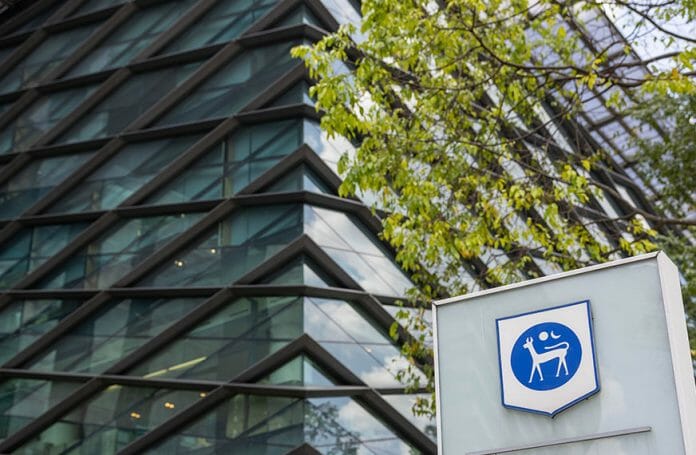The weak economic outlook for 2024 will test banks’ business volumes, asset quality, and financing conditions. Positively, earnings for most banks will continue to benefit from high-interest rates.
“Our outlook for the global banking sector for 2024 is for continuing ratings stability,” said S&P Global Ratings credit analyst Gavin Gunning.
“We see limited potential for upside ratings momentum but several key risks that could negatively affect bank ratings should a downside scenario emerge outside our base case,” Mr. Gunning said.
Our outlook for global banks remains steady. As of Oct. 31, 2023, 79% of bank rating outlooks were stable. This resilience is largely due to solid capitalization, improved profitability, and still sound asset quality.
Although not our base case, a marked deterioration of economic conditions in Europe, the U.S., and China is possible, while inflation remains high. The Russia-Ukraine and Israel-Hamas wars bring spillover risks.
Commercial real estate (CRE) markets are suffering a significant downturn in some jurisdictions, with demand and prices falling, especially in the U.S., China, and some European countries. Related losses, although manageable, will be felt for a few years.
S&P says it will continue to anticipate increasing credit divergence. Pressure will be more pronounced for nonbank financial institutions (NBFIs) and entities with weak funding profiles or those directly exposed to geopolitical risk
For Malaysia, the Ratings agency noted that credit growth could improve, it forecasts sector loan growth could revive to 5%-6% in 2024, benefitting from lower inflation and a possible rate cut. S&P expects GDP growth of 4.5% in 2024, slightly higher than 4.0% in 2023. In base case, it forecasts that policy rates have peaked, and a 25-basis point (bps) rate cut is likely in 2024.
Solid capitalization and provisioning buffers could offset asset-quality pressure. Although not our base case, higher-for-longer rates, and cost pressures could increase financial strain for low-income households and small to midsize enterprises. The solid capitalization (about 15.0% common equity Tier-1 ratio as of June 30, 2023) and provisioning buffers (1.6% of total loans) will help banks to absorb a moderate rise in credit stress.
Key assumptions
Asset quality deterioration should be manageable. The industry nonperforming loan ratio will likely rise to 2.0%-2.5% by end-2024 from 1.8% as of the end of June 2023. The level of restructured loans has diminished steadily and stands at about 2%. Credit costs will stay at 20-30 bps, higher than pre-pandemic levels because banks are likely to stay cautious amid global headwinds.
Banks’ net interest margins could stabilize after an expected 10-20 bps decline in 2023 due to higher funding costs. Over the next two years, S&P also forecasts return on assets to stay range-bound at 1.2%-1.3%. Upside potential to profitability could come from lower credit costs if large banks choose to write back COVID-related provisions.
Malaysian banks’ asset quality is closely correlated to employment conditions, given a large share of household loans. High household leverage poses some risk, in our opinion. However, stable employment conditions and adequate household financial assets are mitigating factors.
Banks have material exposure to real estate development and construction at about 8% of total loans. Oversupply issues in the commercial real estate market and elevated office vacancy rates remain structural challenges. Banks have been cautious in lending to this sector, resulting in a gradual reduction of exposure.









